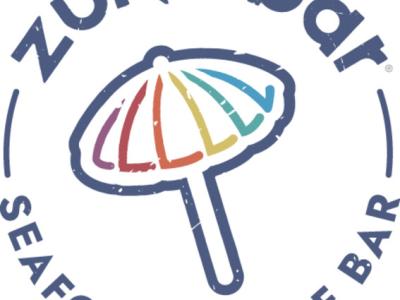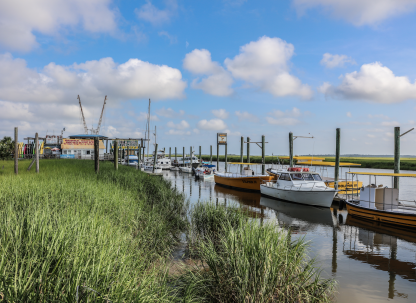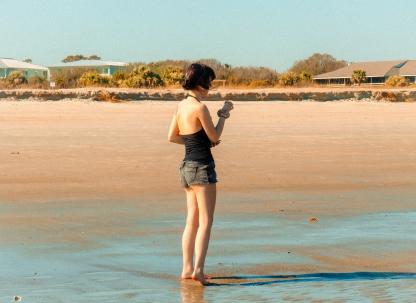Birdwatcher's Paradise: Exploring the Georgia Coast's Avian Treasures
The Georgia Coast is a bird(er) 's dream. With thousands of miles of winding estuaries and nearly a third of the undeveloped intertidal marshland on the Eastern shoreboard, not to mention a myriad of upland habitats, Georgia's barrier islands support hundreds of species of resident and migratory birds year-round.

From long-distance migrant shorebirds to resident wading birds; from neotropical songbirds to iconic birds of-prey, the Georgia Coast has something for everyone. Whether you are a lifelong bird enthusiast, professional ornithologist, or brand-new to the wonders of bird watching, chances are that you will see something fantastic while adventuring on Tybee Island.

Explore the Tybee Island Lighthouse.
Much of Tybee Island's birding appeal comes from its five miles of beach, which is a prime habitat for viewing sea birds and migratory shorebirds. Winter happens to be this birder’s favorite time of year on Georgia beaches as overwintering rarities such as the Purple sandpiper or the Long-tailed duck are possible, as are regular winter visitors such as the Northern gannet. During spring (March - May) and fall (September-November) migrations, large flocks of sea and shorebirds can be seen feeding or resting during stopovers. And summer is home to several breeding species, including the iconic Black skimmer or the dapper Wilson's plover.
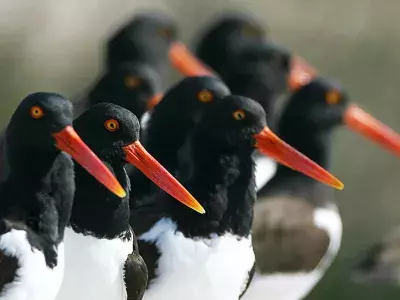
Observe oystercatchers while bird-watching on Tybee Island.
The same beachfront habitat that attracts birds is also a major draw for Tybee's 1.7 million annual visitors. Therefore, these birds are exposed to high levels of unintentional disturbance. Local bird enthusiasts and conservation biologists actively engage with Tybee Island's visitors through educational tours and programs designed to inform the public and engender good stewardship practices to protect these birds. Learn more.

Visit Fort Pulaski National Monument.
The mosaic of maritime habitats found on Georgia barrier islands also means that other groups of birds are well represented. A visit to Fort Pulaski is an ideal way to explore many of these habitats in one setting. The fields surrounding the parking lot and battery host sparrows, buntings, Eastern meadowlarks and Killdeer. Tidal salt marsh is a great feeding ground for a number of wading birds such as herons (Great blue, Tricolored, etc.), egrets (Great, Snowy), White ibis and American wood storks to name a few. The estuary streams and nearshore waters support fish eating birds of all kinds such as raptors (Osprey and Bald eagle), Belted kingfisher, Brown pelicans, terns (Royal, Sandwich, Foresters, etc.) and overwintering loons (Common, Red-throated). And patches of maritime forest support a myriad of songbirds, woodpeckers and forest raptors (Cooper’s and Red-shouldered hawks). The composition of bird communities varies drastically with season. So, each visit to Tybee Island will bring a different birding experience.
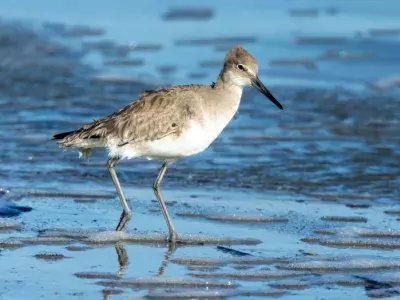
Courtesy of eBird - Willet, Michelle Meadows, photographer
As most modern birders use smartphone apps for identification and keeping track of species they see rather than lugging their heavy field guides around with them, a quick review of eBird can tell you where and when certain species have been sighted on Tybee Island. You can choose to search by hotspot (a physical location) or by species if you are interested in adding a specific bird to your list. By clicking on the location markers, and details, you can look at species that have been seen by birders over the past 2 weeks (default) or set your own filters and look for all of the species ever seen during a specific month or throughout the year.
Local birding enthusiasts are eager to share their knowledge and enthusiasm for Tybee’s hidden gems. Monthly bird walks are offered free by volunteers with the Ogeechee Audubon Society (OAS) and often include Tybee Island hotspots. The OAS website is another good source of coastal birding resources: Ogeechee Audubon Society.

Receive the Coastal Awareness and Responsible Ecotourism (CARE) certification.
As one of only a handful of developed barrier islands in Georgia, Tybee Island allows people to access habitats usually only reachable by boat. This gives visitors a unique opportunity while also requiring a hightened level of responsibility for those who wish to view and photograph birds and other wildlife. Luckily, the Georgia Coast is also home to a number of knowledgeable and ethical guides and bird enthusiasts. The Coastal Awareness and Responsible Ecotourism (CARE) certification was designed by shorebird biologists and environmental educators to empower guides with the knowledge and skills needed to lead birding adventures for visitors and residents of the coast alike. Water-based guides are also able to access more remote areas and CARE prepares them for approaching sensitive bird areas responsibly or avoiding them depending on the season and the circumstances. Search in the map here to find guides on Tybee Island.
Katie Higgins is the marine educator and volunteer coordinator at the UGA Aquarium on Skidaway Island, which is part of Marine Extension and Georgia Sea Grant. Marine Extension and Georgia Sea Grant is committed to improving the environmental and economic health of the Georgia coast through research, education and outreach. Learn more at gacoast.uga.edu.
